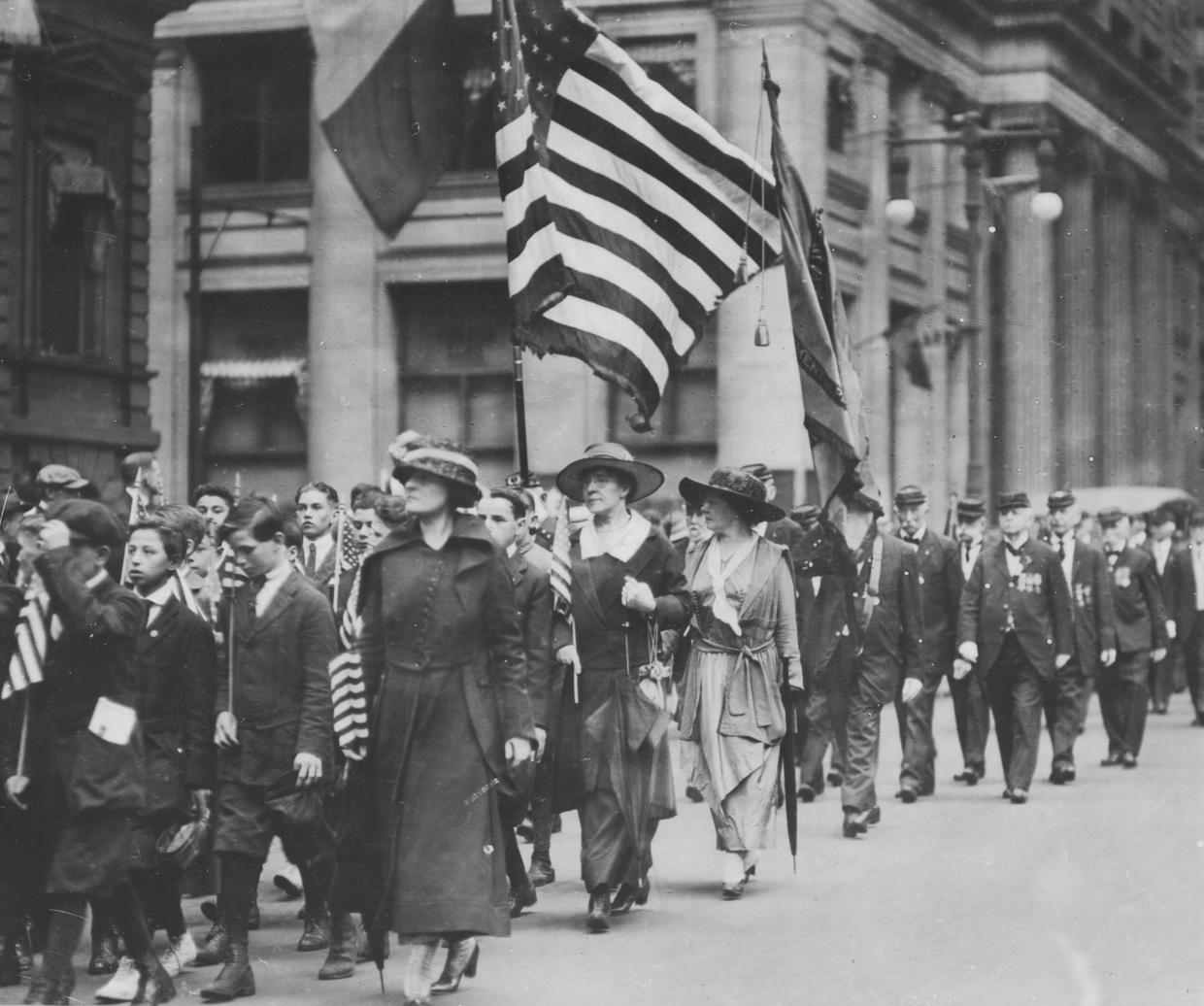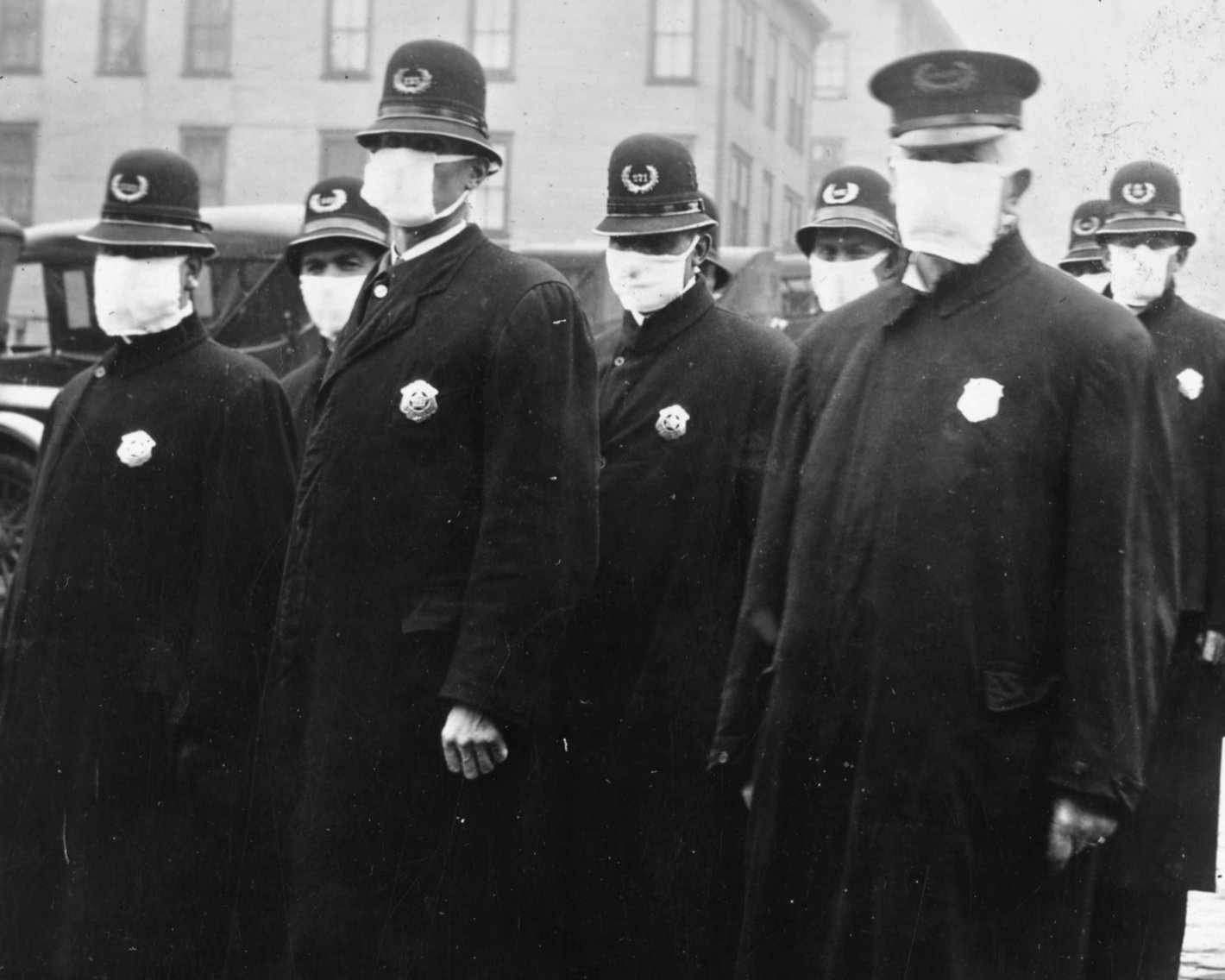
ADVERTISEMENT - CONTINUE READING BELOW
A Parade That Killed Thousands
The first reported Spanish Flu case occurred in a US Army training camp in Kansas in the spring of 1918. Within days, the virus raced across the country to reach New York City, and within a month, it was a pandemic that raged across the world. It was lethal, but compared to what followed, the initial outbreak was relatively mild. A second and far deadlier wave hit in the summer of 1918, and mortality rates skyrocketed. Philadelphia’s public health director, Wilmer Kursen, protested that it was a bad time for a parade, but was ignored. On September 28th, 1918, 200,000 spectators jammed Broad Street to watch a miles-long procession. They cheered as bands blared brassy tunes and floats passed by, showcasing the latest additions to America’s arsenal, such as airplanes built in the City of Brotherly Love.

ADVERTISEMENT - CONTINUE READING BELOW
The spectators were jammed together like sardines in a can, and the Spanish Flu’s virus could not have asked for a more hospitable environment in which to spread. Within two days, cheers turned to trepidation, as Kursen announced that the pandemic had taken a firm hold on Philadelphia. The city was unprepared for the deluge of death that descended upon it. 72 hours after the parade, every single bed in Philadelphia’s 31 hospitals was filled, as the Spanish Flu raged. Too late, the authorities tried to curb the pandemic, and shut down all public spaces. That shut the barn door after the horses had already escaped. Within a week of the parade, 2600 Philadelphians had died of the flu, and within two weeks, that figure had spiked to 4500. It was the City of Brotherly Love’s deadliest, and most misguided parade, ever.

